Research Groups
The research activities of the IMB-CNM are carried out by eight R&D groups, covering activities from ‘atoms to systems’.
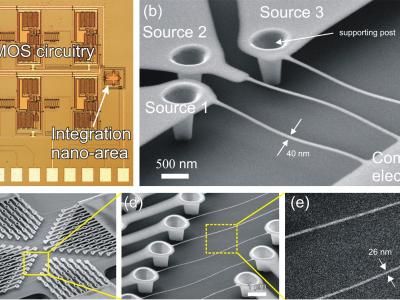
The group explores the electronic and electromechanical properties of nanostructures that can provide new or improved features to nanodevices and nanosystems. It also performs research and development of advanced nanofabrication methods, preferably those that can be applied to devices used in miniaturized integrated systems. These activities cover two of the Key Enabling technologies (KETS): nanotechnology and micro-nanoelectronics.
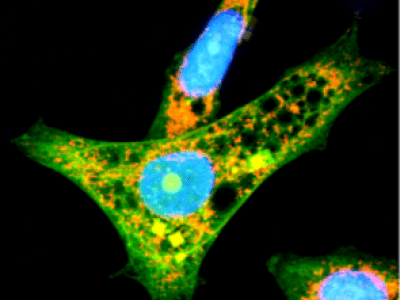
“Contributing to lay the foundations of micro- and nanosystems of the future". The research line of the group is focused on the development of new Micro- and NanoTools to explore new applications or functionalities for MEMS and NEMS.
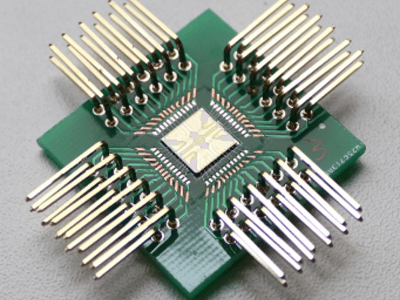
The aim of the group is to contribute with new micro-energy and smart sensing devices to important long-term challenges such as “Healthier Citizens” and “Net Zero Human Impact”. Within this general framework, different lines of research are addressed: In the micro-energy field, we cover harvesting (thermoelectricity) and generation/storage (micro-fuel cells / biodegradable batteries) activities. In the sensing field, we focus on systems that allow identifying gases or biomarkers. The microintegration feasibility of both sensors and energy sources to achieve autonomous systems is another interest of the group, using standard silicon technologies and rapid prototyping and additive manufacturing. Finally, the group has recently incorporated research into resistive switching devices based on high permittivity thin-film dielectric materials for the development of RRAM memory cells and memristors with potential interest in various application areas such as electronic synapses for neuromorphic applications, or for integrated circuit safety applications.
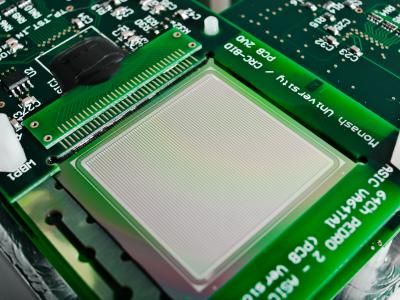
Advanced technologies for semiconductor radiation detectors
The aim of the RDG is to contribute to the research and development of advanced technologies and applications of radiation detectors. The R&D activity of the group rest on the expertise of its members in layout design, simulation, fabrication and characterization of semiconductor radiation sensors; microelectronics devices; interconnections; implementation of complete systems and study of the radiation effects on components and systems. The fields of application of the RDG activity are: particle physics, nuclear physics, medical imaging and dosimetry, synchrotron and nuclear fusion facilities, space applications, instrumentation for civil security and societal challenges.
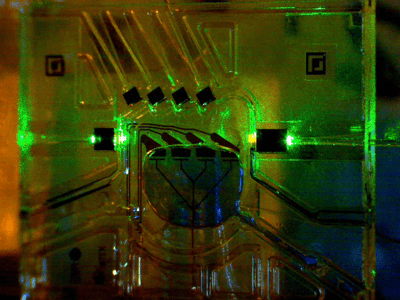
The group activities are focused on applied research on the development of application-specific analytical systems (ASAS): Ad-hoc analytical tools for the measurement of chemical parameters in (biological) liquid fluids. We aim at offering market solutions to analytical needs in the environment, health and food fields and contributing to some of the sustainable development goals set by the UN to address the social, environmental and economic challenges of our time.
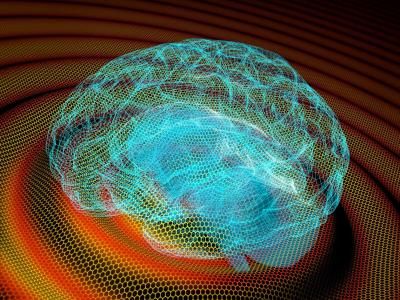
The Biomedical Applications Group (GAB) mission is to provide clinicians with advanced tools, based on micro and nano-technologies, to tackle the medical challenges of the future.
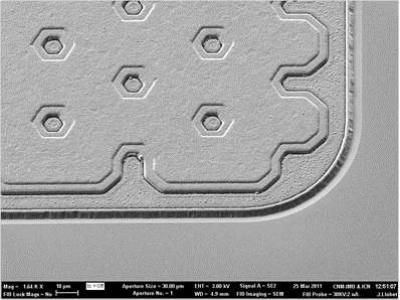
The Power Devices and Systems Group focuses on the design, fabrication, characterization and integration of power semiconductor devices, optimized for developing reliable and energy efficient converters and electronic systems, operating even in harsh environments (high temperature, radioactive environments, etc.).
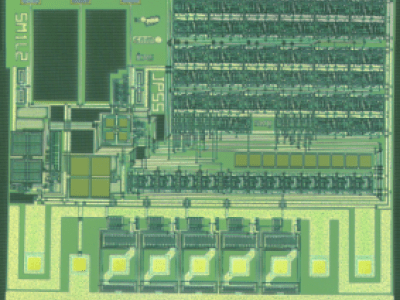
The essence of this group has been always the design of application specific integrated circuits (ASICs). Currently, ICAS R&D is focused on ultra low-power analog, mixed and RF integrated circuits, organic/printed microelectronics, short range RF communications with remote power systems, digital integrated circuits in nano-electronics and multi-technological HDL-AMS modeling. The group also supports electronic system design for the ICAS itself as well as for other R&D groups of IMB.




